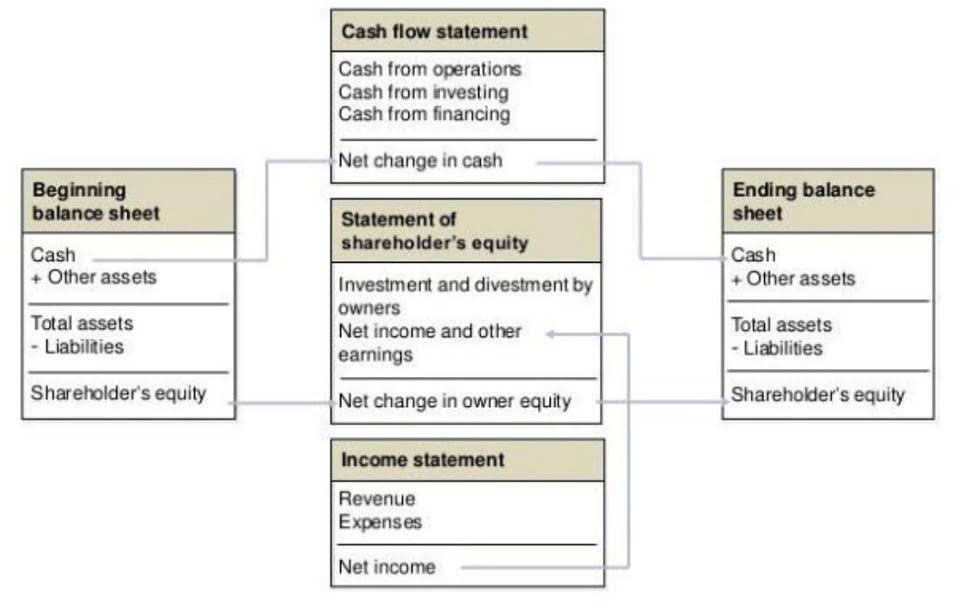
Ahead of discussing how to calculate predetermined overhead rate, let’s define it. A predetermined overhead rate(POHR) is the rate used to determine how much of the total manufacturing overhead cost will be attributed to each unit of product manufactured. A predetermined overhead rate is used by businesses to absorb the indirect cost in the cost card of the business. Further, this rate is calculated by dividing budgeted overheads by the budgeted level of activity.
Predetermined Overhead Rate Calculation (Step by Step)
Estimating overhead costs is difficult because many costs fluctuate significantly from when the overhead allocation rate is established to when its actual application occurs during the production process. You can envision the potential problems in creating an overhead allocation rate within these circumstances. As you’ve learned, understanding the cost needed to manufacture a product is critical to making many management decisions (Figure 6.2). Knowing the total and component costs of the product is necessary for price setting and for measuring the efficiency and effectiveness of the organization.

Concerns Surrounding Predetermined Overhead Rates

Direct labor standard rate, machine hours standard rate, and direct labor hours standard rate are some methods of factory overhead absorption. Hence, the fish-selling businesses need to monitor the seasonal variations and adjust the cost pattern of the products. The use of predetermined overheads effectively incorporates the cost effects of seasonal variations in the product cost and price. It’s also important to note that budgeted figures in calculating overhead rates are used due to seasonal fluctuation/expected changes in the external environment. Let’s assume a company has overhead expenses that total $20 million for the period. The company has direct labor expenses totaling $5 million for the same period.
1 Calculate Predetermined Overhead and Total Cost under the Traditional Allocation Method
So if your business is selling more products, you’ll still be paying the same amount in rent. But before we dive deeper into calculating predetermined overhead, we need to understand the concept of overhead itself. Also, if the rates determined are nowhere close to being accurate, the decisions based on those rates will be inaccurate, too.
- In more complicated cases, a combination of several cost drivers may be used to approximate overhead costs.
- So, it’s advisable to use different absorption bases for the costing in terms of accuracy.
- This complexity is driven by different factors, including but not limited to common activity for multi-products and a greater number of supportive activities for the production.
- Manufacturing overhead costs include all manufacturing costs except for direct materials and direct labor.
- Figure 4.18 shows the monthly manufacturing actual overhead recorded by Dinosaur Vinyl.
Ethical Cost Modeling
By having multiple rates like this, you can achieve a greater degree of accuracy. The downside is that it predetermined overhead rate formula increases the amount of accounting labor and is therefore more expensive. As you have learned, the overhead needs to be allocated to the manufactured product in a systematic and rational manner. This allocation process depends on the use of a cost driver, which drives the production activity’s cost.
- Prices increase all the time and industry trends and consumer expectations are constantly changing.
- Of course, management also has to price the product to cover the direct costs involved in the production, including direct labor, electricity, and raw materials.
- For example, the costs of heating and cooling a factory in Illinois will be highest in the winter and summer months and lowest in the spring and fall.
- Departmental overhead rates are needed because different processes are involved in production that take place in different departments.
- A predetermined overhead rate is an estimated amount of overhead costs that will be incurred during a set period of time.

You will learn in Determine and Disposed of Underapplied or Overapplied Overhead how to adjust for the difference between the allocated amount and the actual amount. It is often difficult to assess precisely the amount of overhead costs that should be attributed to each production process. Costs must thus be estimated based on payroll an overhead rate for each cost driver or activity. It is important to include indirect costs that are based on this overhead rate in order to price a product or service appropriately. If a company prices its products so low that revenues do not cover its overhead costs, the business will be unprofitable. The production manager has told us that the manufacturing overhead will be $ 500,000 for the whole year and the company expected to spend 20,000 hours on direct labor.

Get in Touch With a Financial Advisor
Detailed cost analysis helps to estimate the cost of overheads with accuracy. Further, customized input from different departments can be obtained to enhance the accuracy of the budget. Let’s say we want to calculate the overhead cost of a homemade candle ecommerce business. Then, they’ll need to estimate the amount of activity or work that will be performed in that same time period. For this example, we’ll say the marketing agency estimates that it will work 2,500 hours in the upcoming year. The cost of your office rent would be considered overhead because it’s something you have to pay regardless of how many t-shirts you sell.

